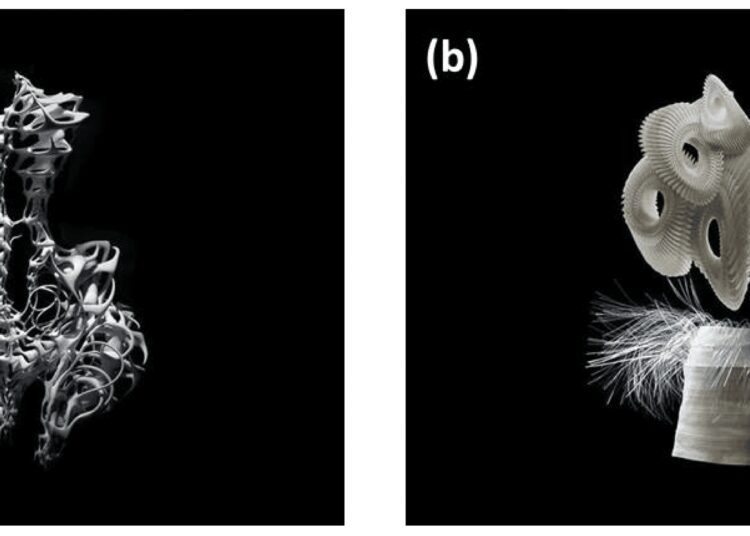This article explores the use of advanced materials in military technology. It discusses the development and application of self-healing armor, which can repair itself when damaged. The article also highlights the use of lightweight composite materials, which offer increased strength and durability while reducing weight in military vehicles and aircraft. Additionally, it mentions the various applications of nanomaterials in military technology, including improved textiles, coatings, and nanoscale gadgets. The article concludes by emphasizing the significant contributions of advanced materials in enhancing the effectiveness and efficiency of modern military operations and highlights the potential for future discoveries.
Advanced Materials in Military Tech: From Self-Healing Armor to Nanoscale Gadgets
Introduction
The development of advanced materials has revolutionized the field of military technology. From self-healing armor to nanoscale gadgets, these materials have enabled significant advancements in various aspects of military operations. This article explores some of the most notable advanced materials used in modern military technology.
Self-Healing Armor
One of the most remarkable advancements in military technology is self-healing armor. Traditional armor can be susceptible to damage, rendering it less effective in protecting soldiers and their equipment. However, self-healing armor utilizes advanced materials that have the ability to repair themselves when damaged.
These materials are typically composed of polymers that contain microcapsules filled with healing agents. When the material is damaged, such as through a bullet impact, the capsules rupture and release the healing agents. These agents then react with each other and with the surrounding material to repair the damage, restoring the integrity and strength of the armor.
Lightweight Composite Materials
Another area where advanced materials have made significant contributions is in the development of lightweight composite materials. These materials combine two or more distinct components to create a material with enhanced properties such as strength, durability, and flexibility.
By utilizing lightweight composite materials, military vehicles and aircraft can achieve increased fuel efficiency and payload capacity. Additionally, these materials offer improved resistance against ballistic threats while reducing the overall weight of the equipment, resulting in enhanced maneuverability and operational capabilities in the field.
Nanomaterials
Nanomaterials, which have unique properties at the nanometer scale, have found numerous applications in military technology. These materials possess high strength-to-weight ratios, thermal resistance, and exceptional electrical conductivity. They can be used to create advanced sensors, energy storage devices, and even power sources for military equipment.
For instance, nanomaterials can be integrated into military textiles to enhance their durability and effectiveness. They can be used as coatings on goggles or masks to provide improved visibility and protection against chemical and biological agents. Moreover, nanoscale gadgets, such as nanorobots, are being developed for surveillance, reconnaissance, and even medical purposes in military operations.
Graphene
Graphene, a two-dimensional material composed of a single layer of carbon atoms, has garnered immense attention in the scientific community due to its extraordinary properties. In military applications, graphene has the potential to revolutionize a wide range of technologies.
Its exceptional strength, flexibility, and electrical conductivity make graphene an ideal candidate for developing high-performance electronics, energy storage systems, and even transparent armor. Its distinctive properties also open up possibilities for creating advanced energy-efficient sensors, efficient water purification systems, and lightweight but robust structures for military vehicles and aircraft.
Conclusion
The integration of advanced materials in military technology has greatly contributed to the effectiveness and efficiency of modern military operations. From self-healing armor to nanomaterials and graphene-based technologies, these materials have enabled significant advancements in protection, mobility, and functionality. As research in this field continues, we can anticipate even more groundbreaking discoveries that will shape the future of military technology.












